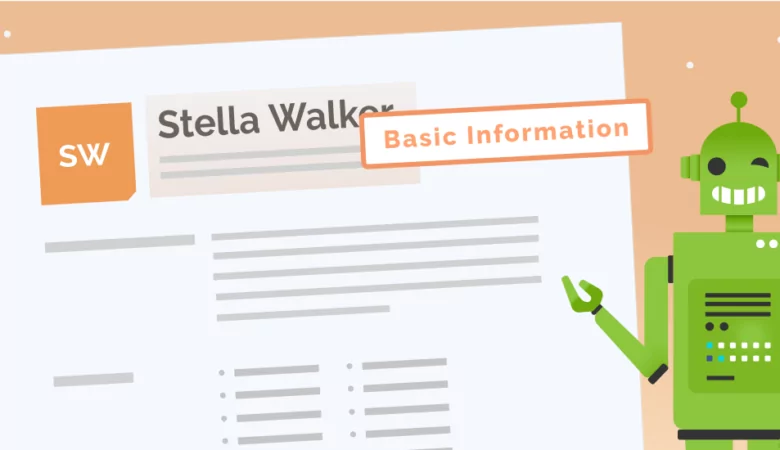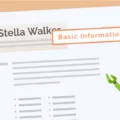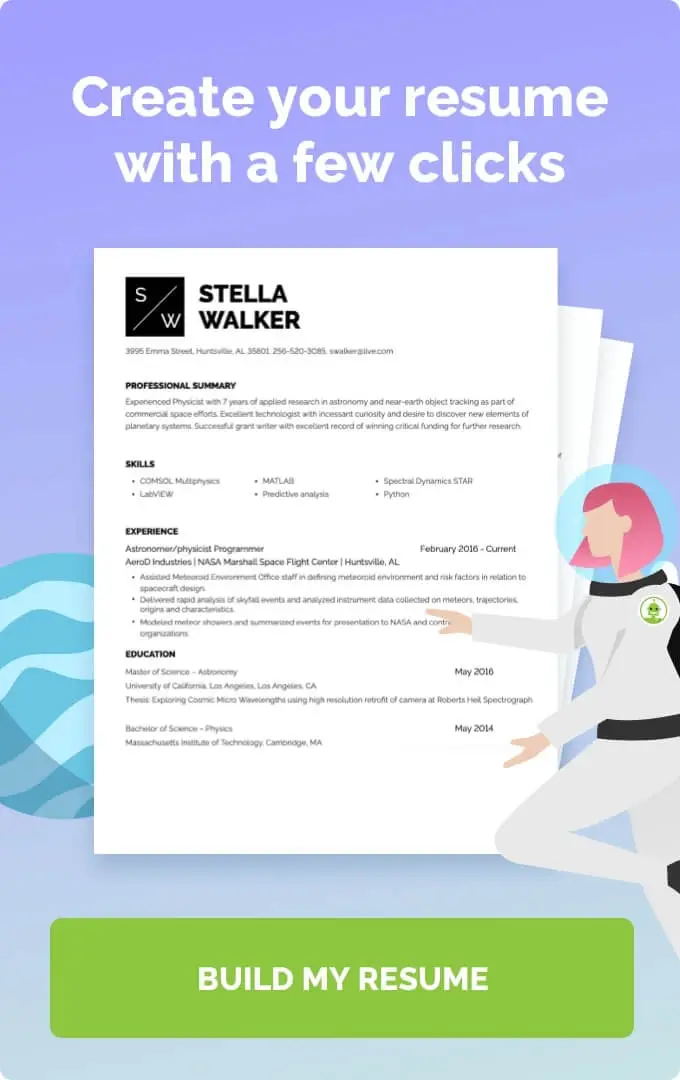As a CFO, you’ll need a resume that can capture your skills properly. Take a look at our resume examples you can use to craft your perfect resume.

Amazing CFO Resume Examples to Use This Year
What To Highlight in a CFO Resume
A chief financial officer (CFO) oversees a company’s finances and usually reports directly to the vice president. CFOs have many responsibilities, such as handling the company budget, financial reports and ensuring the cash flow stays on target. If you want to get hired as a CFO, you need to prove to the hiring managers that you have the right financial management skills for the job. The best resume for this job title highlights the job seeker’s analytical, management and financial planning skills.

Structure of a CFO Resume
The structure of your resume is just as important as the contents. The way the resume is structured will depend on the format. You can use different resume formats depending on what you want to convey. For example, a chronological resume focuses on work experience, a functional resume focuses on skills and a combination resume focuses on both.
Regardless of the kind of format you choose, always include these elements in your resume:
-
Contact information
Include your name, address, phone number, email and any professional social media links, like your LinkedIn profile. This information should go at the very top of the page. This way, the hiring managers have an easy time finding how to contact you. In this section, you can also include any links necessary such as your LinkedIn or portfolio.
-
Resume summary
A resume summary is a short statement where you introduce yourself and include your most impressive credentials. The resume summary should only be two to three sentences long. Select your career highlights to hook the recruiters in your resume summary.
-
Skills
In the skills section, you’ll want to include soft skills and hard skills. Soft skills are your personal traits that make you more efficient at your job. Hard skills are measurable abilities, they can usually be taught in a classroom. List your skills using bullet points. Here are some skills examples you can use in your resume:
- Problem-solving skills
- Takes initiative
- Interpersonal skills
- Leadership skills
- Project management skills
- Financial analysis skills
- Financial forecasting skills
- Familiar with several accounting systems
- Experienced with enterprise resource planning (ERP) software
-
Work experience
The work experience section is where you list your previous job positions. Showcase all your professional experience by detailing the duties you had at your previous jobs. Only go as far back as 10 years to show the recruiters that your experience is fresh and relevant. Because a CFO position is a role at the executive level, you’ll want to list your jobs in reverse-chronological order if your most impressive jobs are the most recent.
-
Education
In the education section, including your highest academic achievements. Mention any certifications and diplomas that are relevant to the job title, like Certified Public Accountant (CPA) or a Master of Business Administration degree.
Do’s and Don’ts for a CFO Resume
Here are some additional tips to keep in mind when crafting your CFO resume:
Do:
- Get your resume critiqued. Getting your resume critiqued by an expert is one of the best ways to optimize your resume. A professional resume writer will tell you what you need to do to make your resume more personal and interesting.
- Look at resume samples. Resume samples can help you understand how you should structure your resume to make it flow better.
- Create different resumes for different job applications. A one-size-fits-all approach is not advised if you’re applying to different companies. It makes your resume look too generic. You can help get your point across better by tailoring the resume to the specific company you’re sending it to.
Don’t:
- List more than 12 skills on your resume. You should only include 8-12 skills. Any more than that might come off as unnecessary.
- Underestimate your previous work responsibilities. If you’re feeling lost when it comes to listing your skills and work experience, think back on all the important roles you did for the companies you worked for. Use metrics to back up your claims and come off as efficient and professional. For example, if you were in charge of writing financial statements when you were an accountant, include how many reports you could write in a day.
- Make your resume longer than a page. A resume should only be a page long. Any more than that means you’re including irrelevant information or information that’s better suited for the cover letter.
FAQ: CFO Resumes
Yes, you should include a cover letter along with your chief financial officer resume. With a cover letter, you can talk about all of your credentials and achievements in more detail. If you have some impressive parts in your resume that you can’t explain, like owning a successful startup, you can explain them in the cover letter.
A CFO role in a company is a senior management position that usually requires a lot of experience. However, that doesn’t necessarily mean that you need to have years of experience in a CFO role, write your resume highlighting important accomplishments that are similar to a CFO role, such as accounting and business management. Look at resume templates and chief financial officer resume examples to get a good idea of a good resume for someone with little experience.
To tailor your resume to specific companies, you need to look at the job description and find keywords. Keywords are specific words or phrases that will point toward your responsibilities in that role and in that specific company. Keywords like “risk management” and “strategic planning” will help you identify what the recruiter wants out of the perfect CFO candidate.







